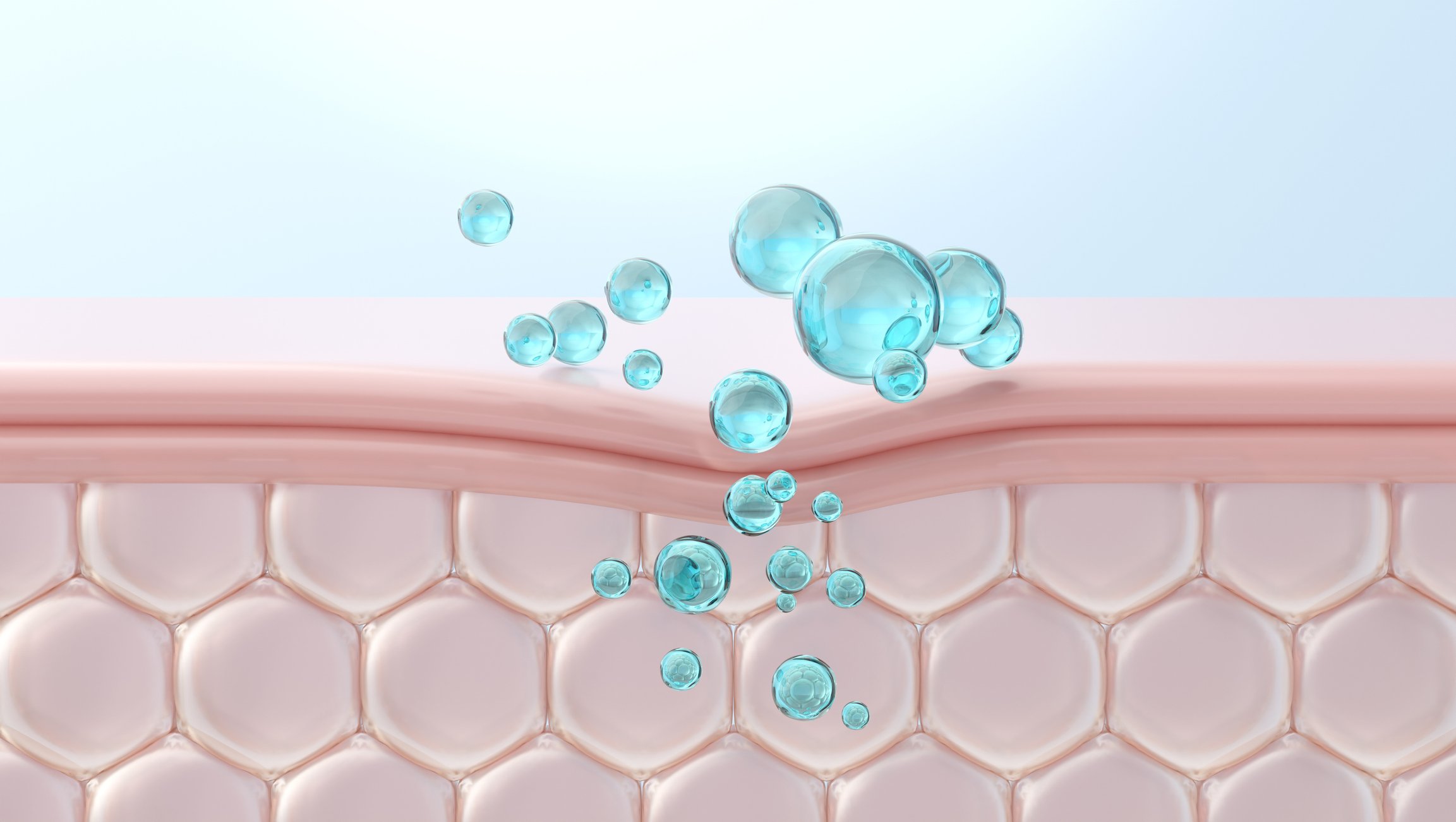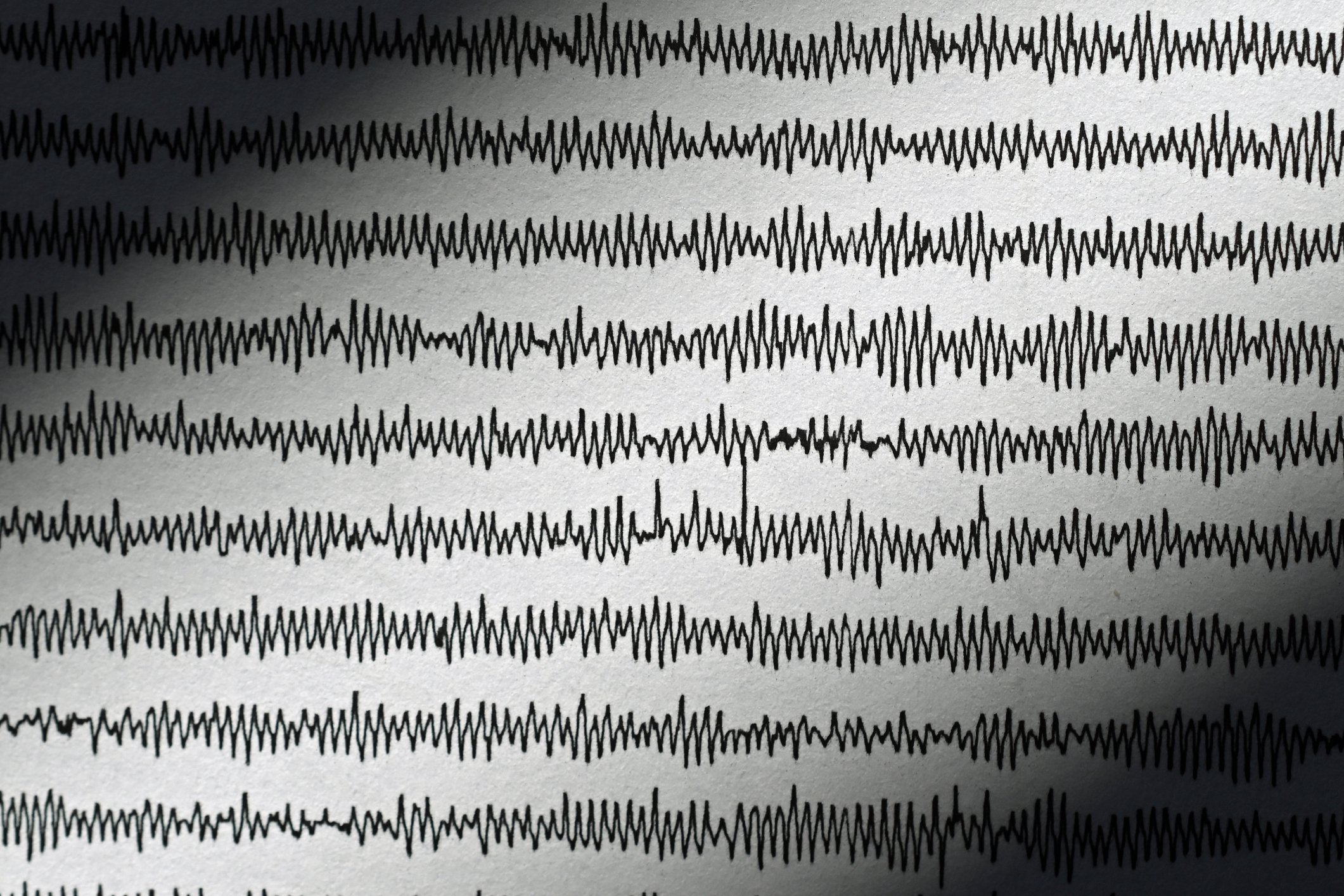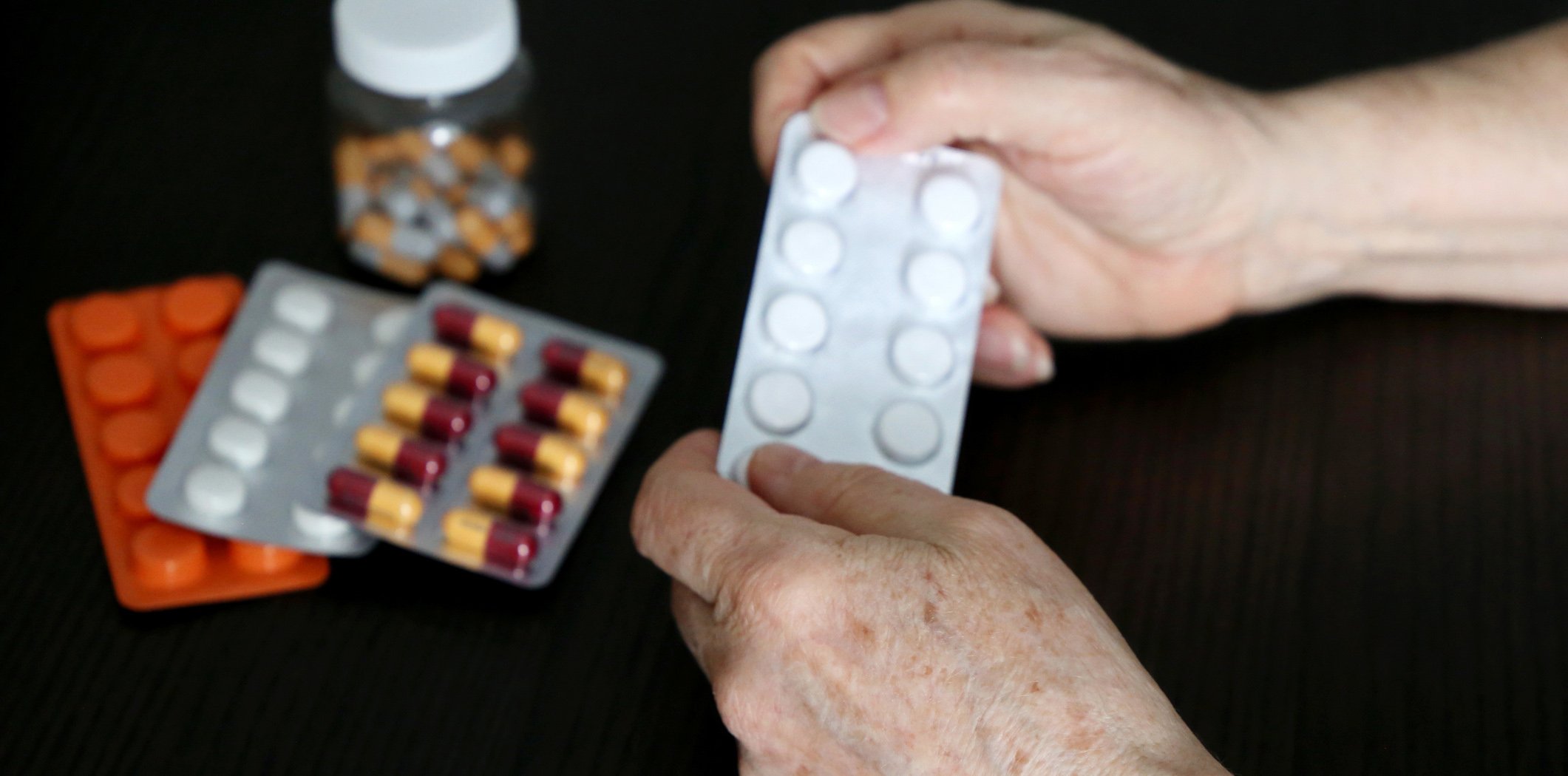Due to antiviral, antibacterial and immunomodulatory effects, Pelargonium extract has been shown to be an effective adjuvant treatment option for acute bronchitis and COPD. The herbal preparation is well tolerated even with long-term use and can be used in a complementary manner as part of multimodal therapy.
The drug Kaloba® (EPs® 7630) [1], which is approved in Switzerland, is a standardized extract obtained from the root of Pelargonium sidoides [5]. EPs® 7630 has been shown to have antiviral, immunomodulatory, antibacterial and secretolytic properties [2,4,10–13]. Efficacy and tolerability of EPs® 7630 for symptom relief in acute bronchitis and COPD have been repeatedly empirically proven. In other respiratory tract infections such as (rhino-) pharyngitis, sinusitis, laryngitis, tracheitis otitis media up to pneumonia, positive effects of Pelargonium sidoides prescribed in the context of individualized, multimodal therapy could also be observed.
Positive effects in acute bronchitis
Numerous studies with a total of more than 10,000 subjects document the efficacy of EPs® 7630 in viral infections [1,2]. A randomized, double-blind, placebo-controlled, multicenter study (n=406) was conducted to evaluate the efficacy and tolerability of EPs® 7630 tablets in adults with acute bronchitis. A four-arm study design was used. Between days 0 and 7, the mean bronchitis-specific symptom score decreased as follows: 30 mg group: 4.3 +/- 1.9; 60 mg group: 6.1 +/- 2.1; 90 mg group: 6.3 +/- 2.0; placebo: 2.7 +/- 2.3. The differences between verum and placebo were statistically significant (p<0.0001). EPs® 7630 was well tolerated and no serious side effects were reported [3]. Acute bronchitis is a common acute inflammation of the lower respiratory tract [6]. Antibiotics are often prescribed, although the infections are mostly viral [7].
| Evidence-based multifactorial mode of action Kaloba® (EPs® 7630) [1] is a standardized extract obtained from the root of Pelargonium sidoides. The combination of antiviral, antibacterial and mucolytic action helps fight respiratory infections. EPs® 7630 has multiple proven beneficial effects in acute bronchitis [3,4] and is recommended in the current Swiss guidelines for COPD as an adjunctive therapeutic option [8]. EPs® 7630 also led to relevant symptom relief in other respiratory diseases. |
Reduction of exacerbation rates in COPD.
Chronic obstructive pulmonary disease (COPD) subsumes chronic obstructive airway disease or chronic obstructive bronchitis [6]. According to Global Initiative for Chronic Obstructive Lung Disease (GOLD) guidelines, the disease is divided into four severity levels based on the presence of exacerbations and comorbidities [7,9]: COPD stage I (mild; FEV >80%; FEV1/FVC <0.7); COPD stage II (moderate; FEV1 50-80%); COPD stage III/IV (severe; FEV1 <50; dyspnea; exacerbations). The guidelines for COPD state a stage-adapted treatment algorithm, with short- and long-acting bronchodilators and glucocorticoids as the basic pharmacologic therapy [8]. EPs® 7630 is recommended in Swiss guidelines as an adjuvant thrapia due to evidence-based positive effects on exacerbations and a reduction in antibiotic use [8]. In a multicenter double-blind placebo-controlled clinical trial (n=200), add-on treatment with EPs® 7630 was shown to be statistically significantly and clinically relevant superior to placebo in moderate to severe COPD [4]. Subjects were randomly assigned to the condition of 24-week add-on therapy with EPs® 7630 (n=99) (3×30 drops per day) or placebo (n=101) in addition to standard treatment. EPs® 7630 prolonged the duration to exacerbations to 57 vs. 43 days in the placebo condition (p=0.005). With regard to secondary endpoints, EPs® 7630 resulted in, among other things, a reduction in the frequency of exacerbations and the use of antibiotics, as well as an improvement in quality of life. Tolerance with long-term use was good. In further multicenter, placebo-controlled, double-blind studies, the positive effects of EPs® 7630 were replicated in patients with stable COPD, also severity II/III. In addition to an increase in the mean time to exacerbation (p=0.005), a reduction in the number of exacerbations was again achieved (p <0.001), accompanied by a reduction in antibiotic use and an improvement in quality of life [16,17].
About 70-80% of exacerbations in COPD are triggered by bacterial and viral infections, often involving rhinovirus [8]. An in vitro study of EPs® 7630 published in 2019 showed demonstrable inhibition of rhinovirus [14,15] and previous studies have demonstrated viral titer reduction of other pathogens [2]. This explains the antiviral effects of EPs® 7630 for symptom relief not only in COPD and acute bronchitis, but also in other respiratory diseases.
Source: Schwabe Pharma AG
Literature:
- Swissmedic: Kaloba®, www.swissmedicinfo.ch
- Michaelis M, et al: Phytomedicine 2011; 18(5): 384-386.
- Matthys H, Lizogub VG, Malek FA, Kieser M: Curr Med Res Opin 2010; 26(6): 1413-1422.
- Matthys H, et al: Respir Med 2013; 107(5): 691-701.
- Chuchalin AG, Berman B, Lehmacher W: Explore (NY) 2005; 1(6): 437-445.
- ICD-10-GM Version 2019, www.dimdi.de/static/de/
- Tamm M: Kaloba as add-on therapy in COPD and pulmonary infections. Medidays 2019, Zurich, 6.9.19.
- Stolz D, et al: Respiration 2018; 96(4): 382-398.
- GOLD: https://goldcopd.org.
- Theisen LL, Muller CP: Antiviral Res 2012; 94(2): 147-156.
- Janecki AJ, Kiderlen AF, Kolodziej H: Med 2009; 75 – PF5. DOI: 10.1055/s-0029-1234647
- Conrad A, et al: Phytomedicine 2007; 14 Suppl 6: 52-59. epub 2006 Dec 19.
- Neugebauer P, Mickenhagen A, Siefer O, Walger M: Phytomedicine 2005; 12 (1-2): 46-51.
- Roth M, Fang L, Stolz D, Tamm M: PLoS One 2019; 14(2): e0210702.
- Roth M, Fang L, Stolz D, Tamm M: Eur Resp J 2018; 52: PA5452; DOI: 10.1183/13993003.congress-2018.PA5452.
- Matthys H, Malek FA: Respiratory and pulmonary diseases 2015; 41: 27-34.
- Matthys H, Funk P: Curr Med Res Opin 2018; 18: 1-7.
HAUSARZT PRAXIS 2020; 15 (4): 17












